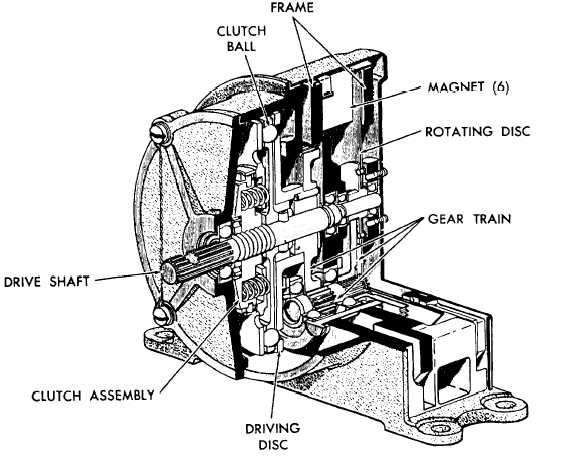maintained flush with the wing. When the flaperon
pop-up cylinder is actuated, the gearing mechanism
transmits pop-up motion to each wing flaperon power
actuator.
The semiautomatic flaperon pop-up device aids in
reducing ground roll during landing.
The pop-up
system is activated by the pilot placing the flaperon
pop-up switch in the ARM position. All flaperons
(four) will then automatically pop up approximately
41 degrees when the aircraft weight is on the landing
gear and the throttles are retarded.
A mechanical interlock device prevents damage
to the flaperons during folding of the wings. When
the wings are folding, the flaperons cannot be
extended. In addition, the folding operation cannot
start unless the flaperons are flush with the wings.
A wing-fold interlock prevents flaperon pop-up
after the wings are folded. A fail-safe spring returns
the flaperons to the flush position in case the
combined hydraulic system or electrical system
should fail.
The eddy current damper links mechanically to a
bell crank in the flaperon control linkage. See
figure 9-11. It dampens any rapid left or right control
stick movement by producing an opposing force
proportional to the speed at which the stick is moved.
The damper contains permanent magnets, a rotating
copper disc, a gear train, and a clutch assembly.
Control stick motion rotates the clutch and gear train,
which, in turn, rotates the copper disc. The copper
disc is sandwiched in the air gap between the six
permanent magnets and a flux plate. As the copper
disc revolves, the magnetic field between the magnets
and the flux plate is disturbed, causing an opposing
force (eddy currents) that tries to stop the disc. The
opposing force is proportional to the speed of the
rotating disc and to the speed of stick movement. The
clutch will slip at a force of 275 to 325 inch-pounds to
prevent control stick binding if the damper jams.
Figure 9-11.—Eddy current damper.
9-13



